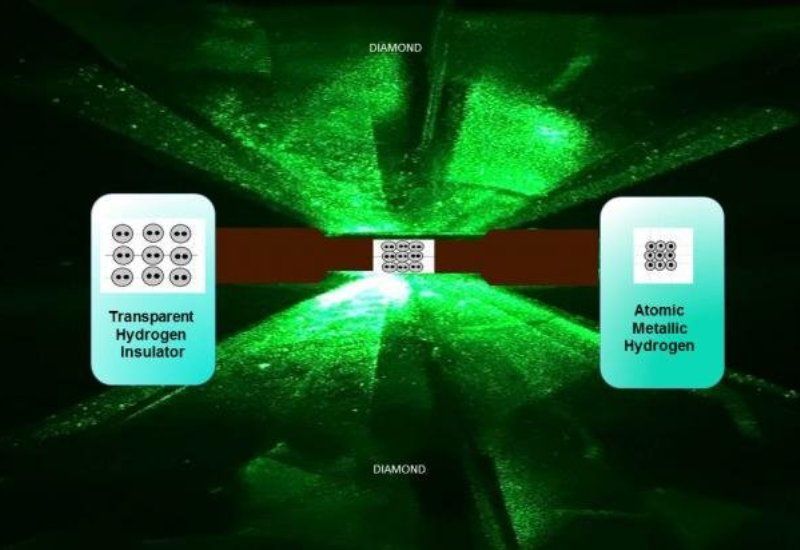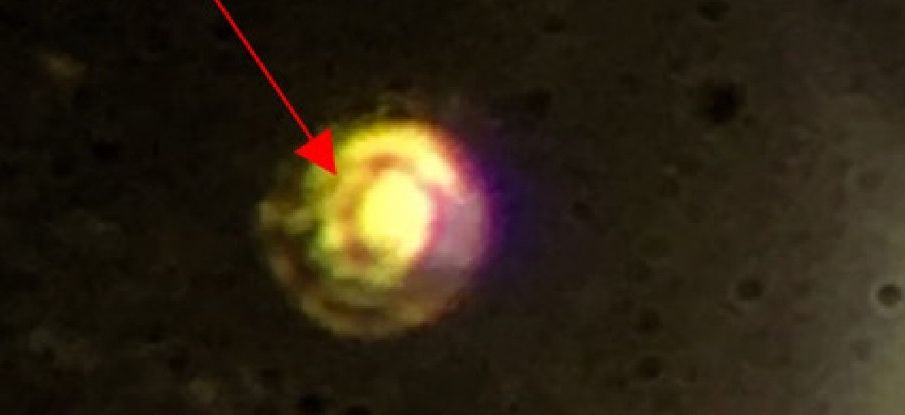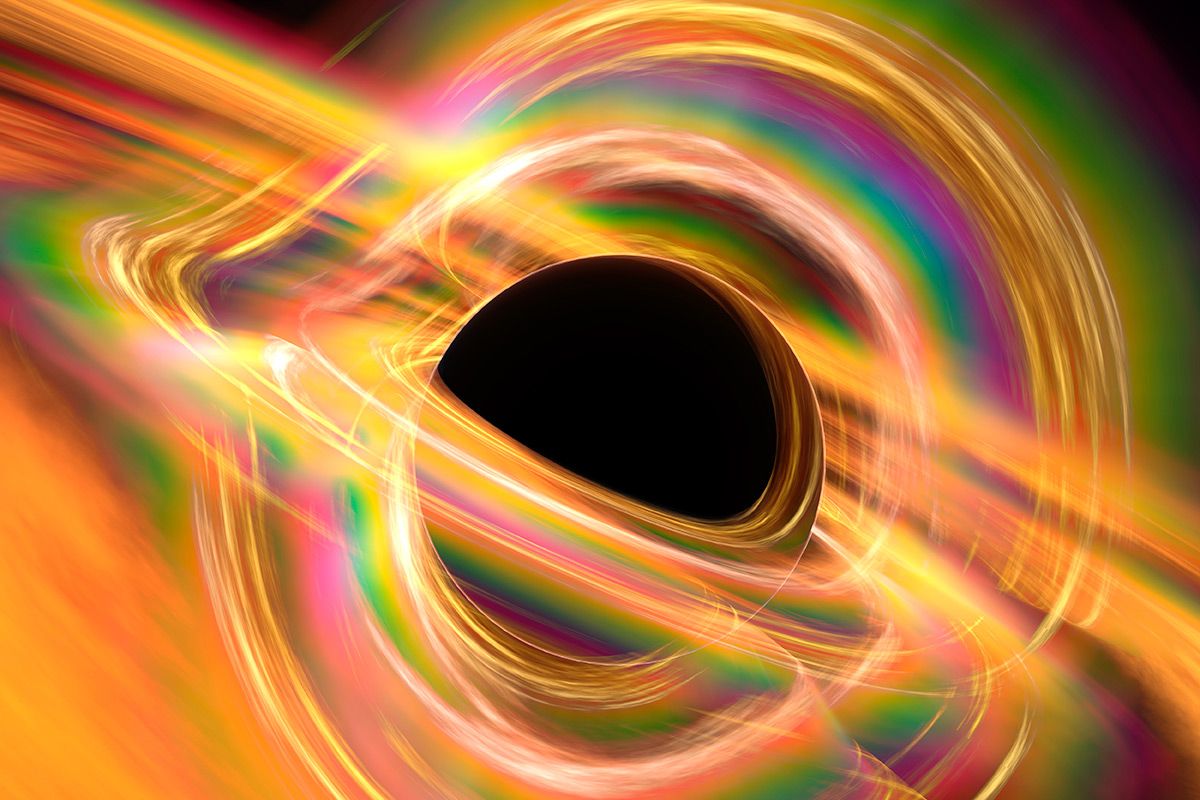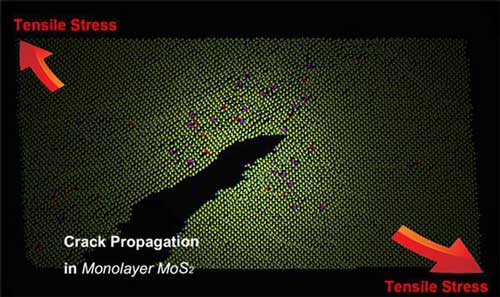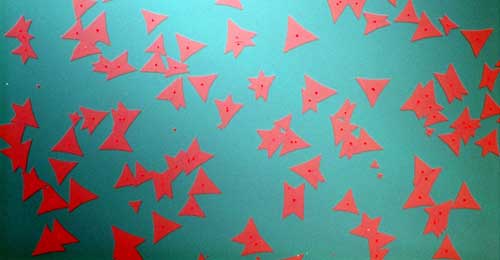Jan 27, 2017
Harvard Physicists Say Hydrogen Finally Turns Into Metal, But Not Everyone Is Convinced
Posted by Karen Hurst in categories: physics, space
Squeezed between two pieces of man-made diamond in the laboratory, hydrogen has finally been transformed into a metallic form that is believed to exist inside planets such as Jupiter, scientists revealed last Thursday.
Metallic hydrogen, deemed the rarest and potentially among the most valuable on Earth, was theorized almost a century ago. If certain theoretical predictions hold true, the hydrogen could turn into a solid metal that can remain solid once crushing pressure is removed. It could also serve as a room-temperature superconductor, conducting electricity sans resistance.
“This is the holy grail of high-pressure physics,” said Harvard physics professor Isaac Silvera, who created the material along with postdoctoral fellow Ranga Dias.
